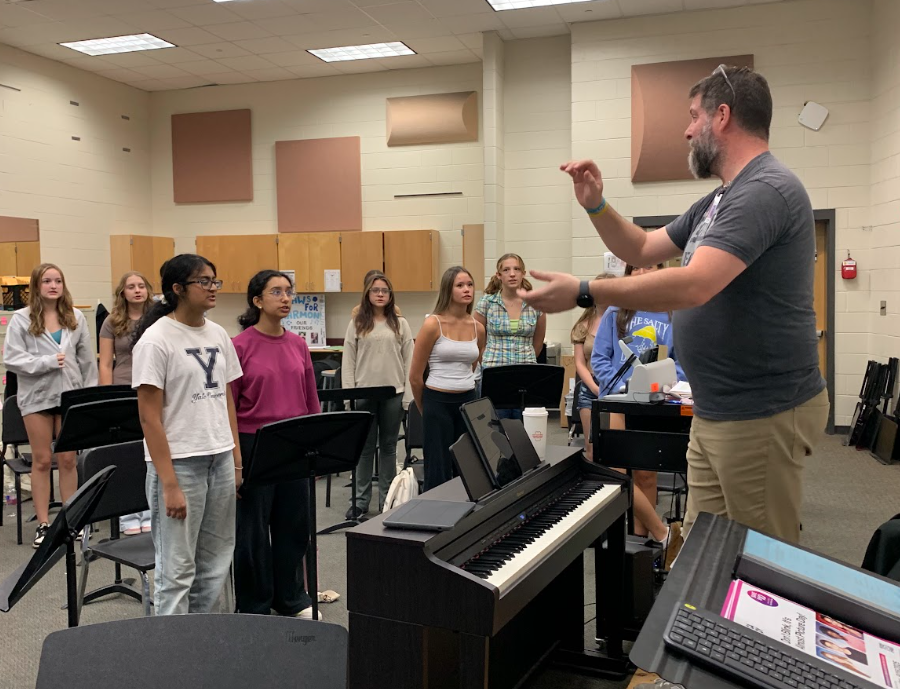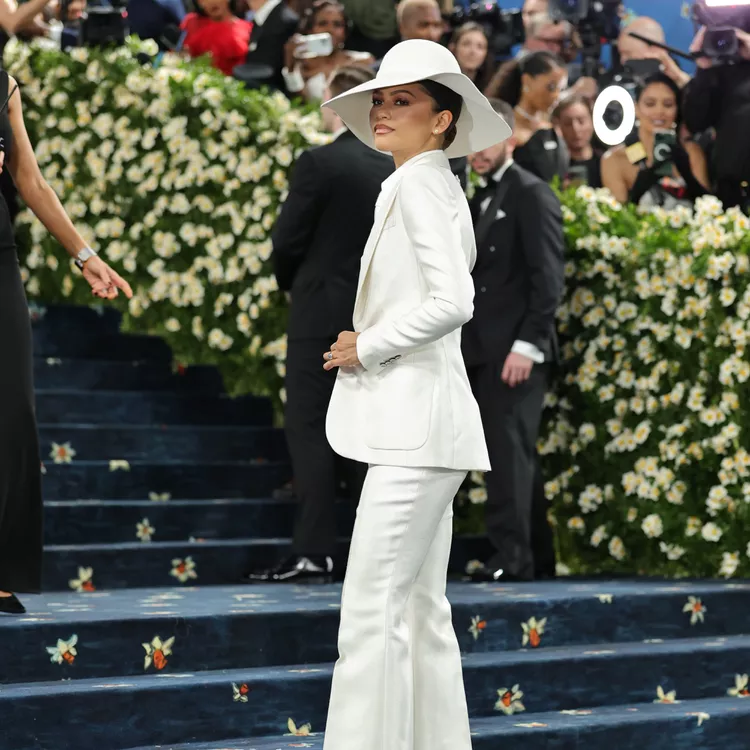Netflix’s hit show “Never Have I Ever” returned for its fourth and final season this summer with high expectations from fans and critics alike. Featuring Maitreyi Ramakrishnan as Devi Vishwakumar, an Indian-American teen navigating life, love and her true identity, the latest season focused on her tumultuous senior year and lifelong dreams of getting into Princeton. With tennis legend John McEnroe returning to narrate her ups, downs, heartbreaks and everything in-between, the show’s finale promised to serve as a fitting ending to the saga. Despite its initial prospects, season 4 proved to have some key flaws that left many viewers critical of the show’s ending.
For one, many viewers felt that the show did not adequately delve into its cast of new characters, which left the storyline feeling like too much, too fast. Despite these new faces being given integral supporting roles in the season’s plot, they seemed like means to serve an end rather than actual characters worth learning about and investing in.
“It [the show] went too fast with the different characters in season 4, and they should definitely have explored them more, ” Lambert sophomore Rhea Daftari explained. “It was not depictive of high school life at all.”
This was demonstrated by the introduction of many new characters such as bad-boy heartthrob Ethan Morales, who audiences felt was much too rushed of an inclusion. While his addition was meant to depict Devi’s dilemma between her academic priorities and her burning romantic desires, he was featured in just three episodes, depriving viewers of the chance to truly delve into her relationship with Ethan and explore this phase of her life. This lack of development when it came to new characters, for many, was a major reason why the final season failed to live up to the hype it initially received.
Another key talking point was the show’s attempt to foster representation and characterize the life of an Indian-American teenager, but the overwhelming consensus was that it did poorly in this regard. Whether it be the stereotypical Indian ‘grade-obsession,’ the over exaggeration of arranged marriages, or the offhand but shallow references to Hindu-Muslim tensions over the course of the show, many felt that this problem was only exacerbated in Season 4.
“They should have done a better job of representing Indian-Americans, considering that she (Devi) is Indian,” Lambert sophomore Tarania Ramesh said. “It felt like five steps back rather than one step forward.”
Despite its good intentions, the show failed to effectively depict Desi-Americans in an accurate light, especially considering that brown representation on screen is little to none. This made it difficult for Indian viewers to relate to the show due to its overly watered-down representation of life as a Desi teenager, and gave a merely superficial view of the same for outside viewers. For instance, Devi’s obsession with getting into Princeton and her mother’s overbearing nature regarding her college admissions chalked up to an overdone stereotype rather than a true look into what it means to be Indian in America today. Such instances were microcosms of the larger problem concerning a lack of Indian presence in the entertainment industry, an issue that can only be fixed through more frequent and more representative portrayals of Desi characters.
The farewell season of “Never Have I Ever” arrived with high expectations to Netflix this summer, and while it was abound with nostalgia and new faces, there were underlying issues that prevented it from truly being the finale fans deserved. It also served as a reminder that for shows to truly promote diversity and inclusion, they have to do more than simply feature a minority character in a lead role – it takes effort and care in order to ensure that these stories are presented to the fullest in a way that still appeals to a variety of audiences. Overall, only time will tell if the show’s fresh approach and attempt at diversity will serve as the catalyst for better representation in the future.















